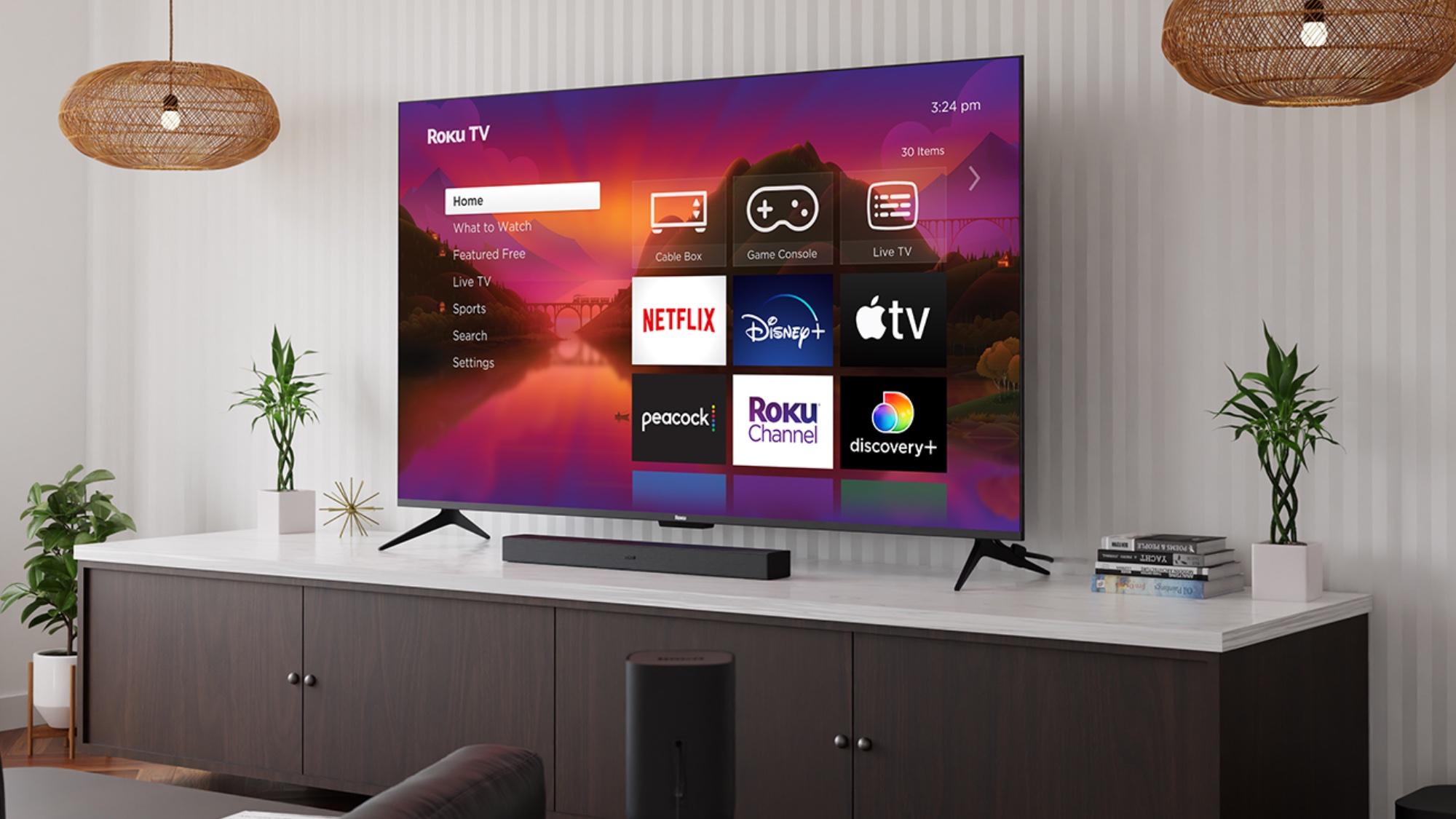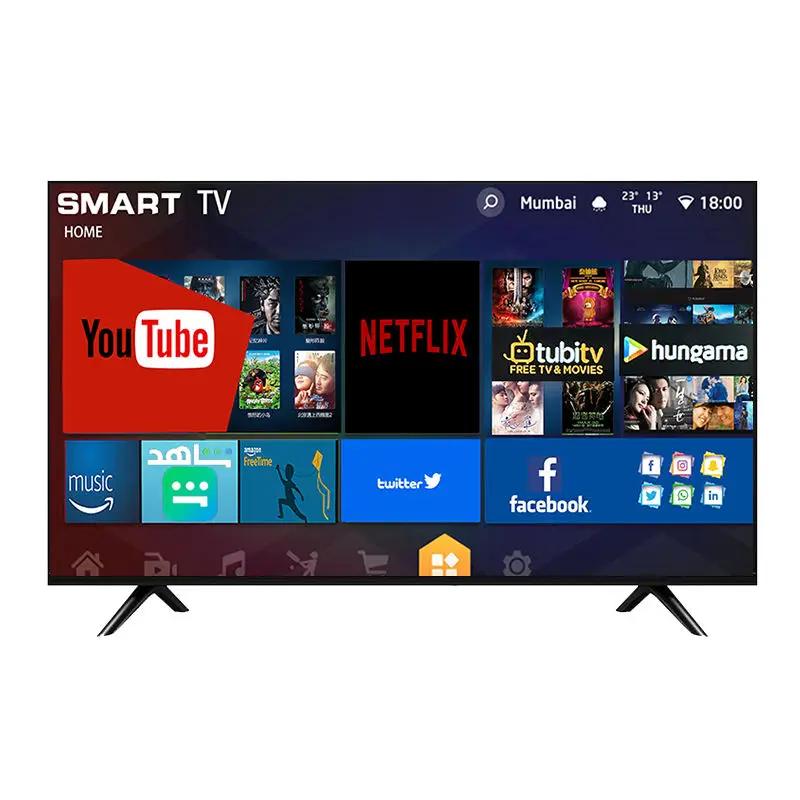In the rapidly evolving landscape of home entertainment, consumers face a myriad of choices when it comes to accessing their favorite content. Among the most popular options are Smart TVs and streaming sticks, each offering distinct advantages and potential drawbacks. This article delves into a comparative analysis of these two technologies, examining their features, performance, cost-effectiveness, and ease of use. By evaluating the strengths and limitations of Smart TVs versus streaming sticks, we aim to provide a comprehensive guide to help you make an informed decision tailored to your viewing preferences and budget.
Comparison of Features and Performance
- Picture Quality: Smart TVs often boast superior picture quality with advanced display technologies like OLED and QLED, providing a richer viewing experience. Streaming sticks, while offering HD and 4K capabilities, rely heavily on the TV’s inherent display features.
- Interface and Usability: Smart TVs come with integrated operating systems, offering a seamless interface that includes voice control and personalized recommendations. Streaming sticks, however, offer a more straightforward setup and are generally more user-friendly for those who prefer minimal interaction.
- Portability: Streaming sticks are highly portable, allowing you to take your streaming experience anywhere with an HDMI port. In contrast, Smart TVs are fixed installations, requiring more space and effort to relocate.
- App Availability: Both options provide access to popular streaming services, but Smart TVs often have more extensive app ecosystems. However, streaming sticks are regularly updated, ensuring compatibility with the latest apps and services.
- Performance: With built-in processors, Smart TVs can offer smoother performance and quicker app loading times. Streaming sticks, while generally efficient, may experience occasional lag, especially with high-demand apps.
Ultimately, the choice between a Smart TV and a streaming stick hinges on your priorities. If you value top-notch picture quality and an integrated experience, a Smart TV may be the way to go. On the other hand, if flexibility and portability are key, a streaming stick offers a convenient and cost-effective solution.

User Experience and Interface Analysis
When comparing the user experience of a Smart TV to a streaming stick, several factors come into play. Smart TVs often boast an integrated interface, providing a seamless experience right out of the box. Users benefit from a larger screen display, intuitive navigation, and a consolidated platform for various apps and services. However, the downside can be sluggish performance over time, as built-in software updates may lag behind newer technologies.
On the other hand, streaming sticks offer a flexible and portable solution. They are typically faster, with regular updates and a wide array of apps available through app stores. Users can easily switch between TVs, taking their personalized settings and preferences with them. Despite these advantages, streaming sticks depend on the TV’s display and sound quality, which might not match the built-in optimizations found in Smart TVs.
- Smart TV Pros: Integrated interface, large screen experience, fewer devices.
- Smart TV Cons: Potential for outdated software, higher initial cost.
- Streaming Stick Pros: Portability, regular updates, cost-effective.
- Streaming Stick Cons: Relies on TV’s display quality, multiple devices needed.

Cost Efficiency and Value Proposition
When evaluating the financial aspect of your viewing setup, it’s essential to consider both the initial investment and the long-term value each option provides. Smart TVs often come with a higher upfront cost due to their integrated technology and larger screens. However, they offer a comprehensive solution with features like built-in apps and enhanced picture quality, potentially reducing the need for additional devices or upgrades in the future.
On the other hand, streaming sticks present a more budget-friendly entry point. They are significantly cheaper and can transform any TV with an HDMI port into a smart entertainment hub. The value here lies in their portability and ease of upgrading; as technology evolves, replacing a streaming stick is far less costly than buying a new Smart TV. Consider the following:
- Initial Cost: Smart TVs require a larger initial investment, while streaming sticks are more economical.
- Upgrade Flexibility: Streaming sticks offer an easier and cheaper upgrade path.
- Comprehensive Features: Smart TVs provide a more integrated experience without needing additional devices.
Future-Proofing and Technological Adaptability
In the rapidly evolving landscape of digital entertainment, the ability to adapt to new technologies is crucial. Smart TVs are equipped with built-in operating systems and apps, offering a seamless integration of features. This means they often receive updates directly from the manufacturer, allowing for the incorporation of new streaming services and technologies. However, these updates are dependent on the manufacturer’s support cycle, which can vary significantly. On the other hand, streaming sticks like Roku, Amazon Fire Stick, or Google Chromecast are designed with flexibility in mind. They frequently offer updates and compatibility with a wide range of TVs, providing a versatile solution that can easily keep up with technological advancements.
When considering future-proofing, it’s essential to weigh the pros and cons of each option. Smart TVs offer the convenience of an all-in-one solution but may face limitations if manufacturers cease updates. Streaming sticks, however, can be easily replaced or upgraded, ensuring longevity in a tech-driven world. Key considerations include:
- Software Updates: Streaming sticks often receive more frequent updates.
- Device Compatibility: Sticks can be used with multiple TVs, enhancing adaptability.
- Cost-Effectiveness: Easier to upgrade or replace than an entire TV.



